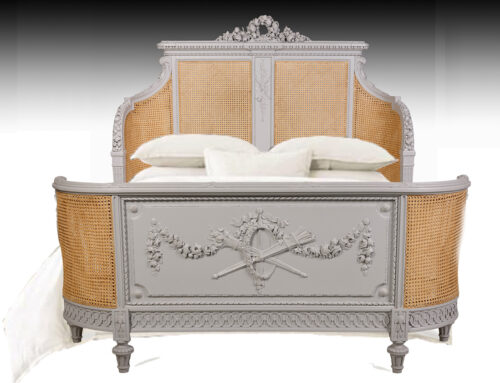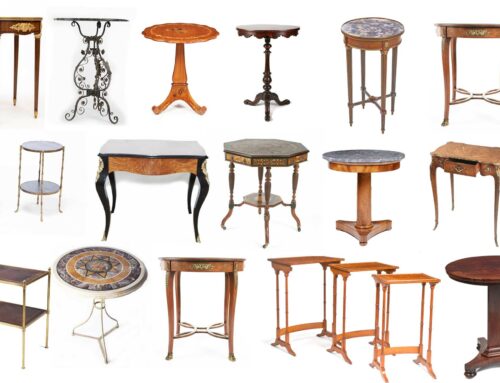Four Reasons to Buy Antique Furniture
To achieve ‘soul’ in a product is no easy task in an age dominated by the mass-produced. In fact, we are so used to it that most of us no longer recognise true quality or workmanship. The words ‘quality’ and ‘luxury’ are bandied about by modern marketers intent on peddling their product, but unfortunately today’s products rarely deliver on the promise.
High quality, genuine 19th century antique furniture is one of a few lingering reminders of what the words quality and luxury truly define. Furniture that evokes emotion, inspiration, passion; the thing in the room your eye just keeps going back to. This is a result of time, thought, craftsmanship and foresight – these pieces have soul.
There is a distinction that must be made, however. All antiques are not wonderful; in fact like most things in life, the majority are ordinary. High quality antiques took, at times, years in their conception and the end result is often incredible in its detail and execution. Of course, these antiques are much more scarce and difficult to come by.
Founder of Wallrock Antiques Nick Wallrock talks of the importance of searching for quality when buying a piece of antique furniture, saying “What we look for is quality of workmanship, quality of design and quality of execution; the actual making of the article. All these things combine to make a great ‘thing.’” A single carefully chosen antique can make an impression on an interior greater than the sum of all its other parts. The right piece can be a wonderful ‘hero’ piece within a room.
There is an antique style to suit every taste… whether it be Louis XV for the fabulously opulent, Folk Art for the beautifully naive, Regency for the rectilinear, French Empire for the manly and masculine, Louis XVI for the punctiliously pretty or French provincial for the laid back lifestyle. In fact, most contemporary furniture is a knock off or reproduction of a past design.
High quality antiques are pieces of fine art, and are categorised as such. So, treat them like that. Be generous with the time and thought allowed to place them correctly in your home – most of the styles sit just as well in a contemporary context as in a classical. Juxtapose them with other pieces and in doing so you’ll inject personality, texture and a story.
You’d be amazed at how a contemporary fabric can set off a high Victorian sofa, or how a geometric can change a French Louis. A varnish, paint or upholster will mean that any piece can be changed to suit your evolving aesthetic and done carefully and with the right advice, it will not affect the integrity or authenticity of the piece.
It is at times amusing when clients come through the showroom, nervous about hurting the furniture in some way. Despite their age, these pieces do not have the fragility that some would have you believe. Much of this furniture was designed prior to the industrial revolution, and the concept of mass production was not even conceived of. Instead, they were designed to be used and with longevity in mind. After all, they were made by hand, constructed from high quality solid timbers such as Oak, Cuban Mahogany, Satinwood, Walnut, Ebony and Coromandel to name a few. They will not split, crack, chip and swell in the way that sub-standard furniture will. The result of this is that they’re still standing over 100 years later and with respectful restoration, will be standing for many more centuries to come.
So go on – give antiques a try!
But be warned… they’re addictive.






